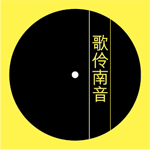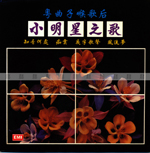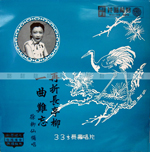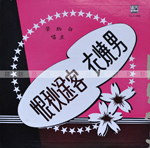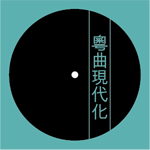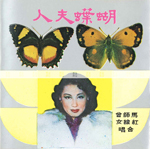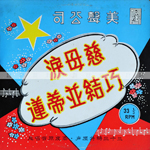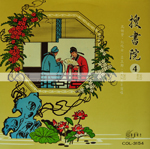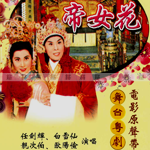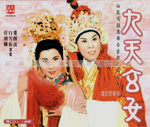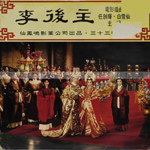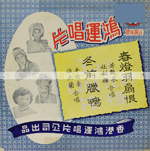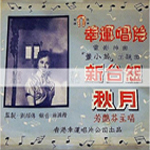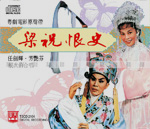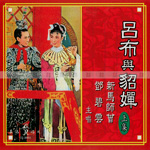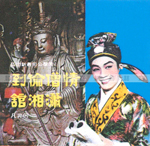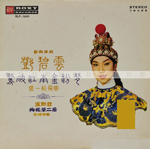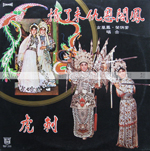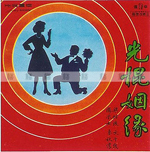Since the early twentieth century, Hong Kong has always been an important venue for Cantonese opera development. After 1949, as a result of political turmoil in the Mainland, performers and troupes converged and resettled in the territory, leading to a tremendous prospering of Cantonese opera in the subsequent decade. This development is linked intimately with the rise of the electronic media.
Performers and troupes began to grasp the possibilities offered by film and radio to re-examine age-old performance practices with regard to acting, singing, script writing, instrumentation, and stage set-up. They brought in novel elements from the theatre and movie world, and participated in the production of films and records. With these acts, they are extending the movement to modernize Cantonese opera that began in the 1930s.
Wong Jum-sum was thoroughly immersed in the world of Cantonese opera from young. Through his close encounter with master performers like Hung Sin-nui, Ma Si-tsang, Yam Kim-fai, Pak Suet-sin and Tong Dik-sang, he witnessed first hand the modernization of Cantonese opera, and was mightily moved by the adventure and passion he saw.

The first generation of Mando pop singers came from Shanghai.
Mando pop first grew up in Shanghai in the 1920s. In the concession territories of Shanghai, there emerged a new style of music that combined the dance beat and harmonic thinking of western pop music with the local ballad tradition. Mando pop brought a new sound world, supported by new cultural venues and practices like nightclubs, gramophone records and radio broadcast. In time, the sound became the signature tune for the onward march of China modern itself.

